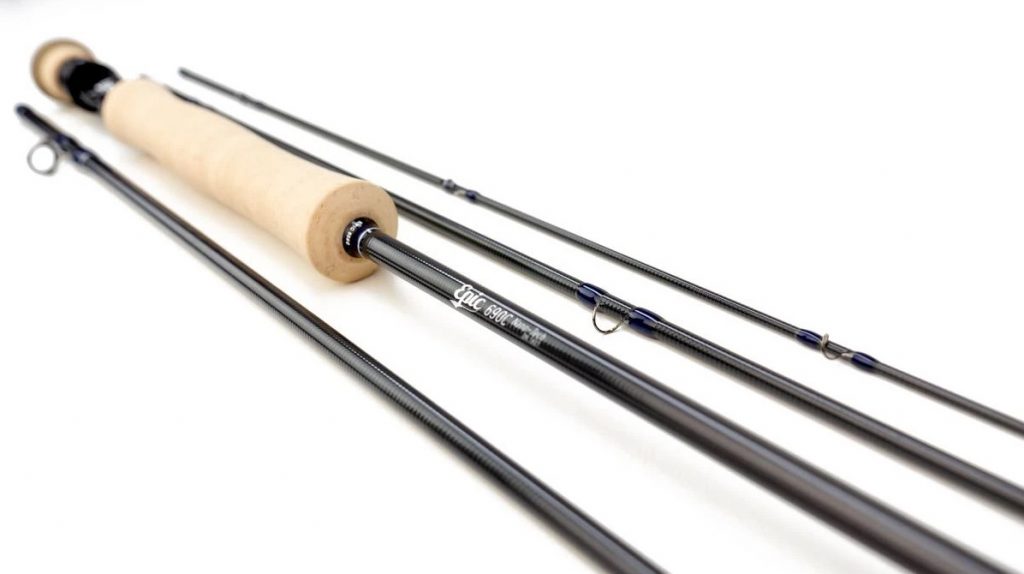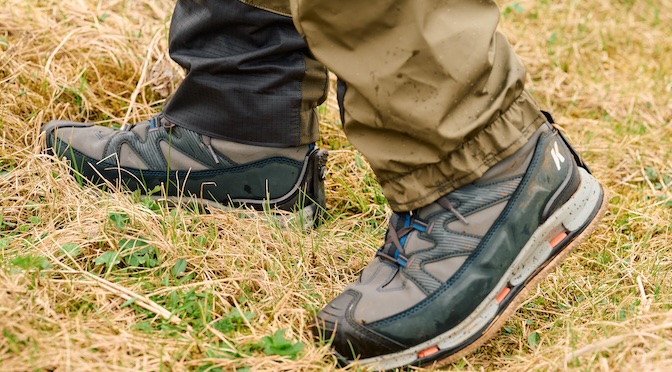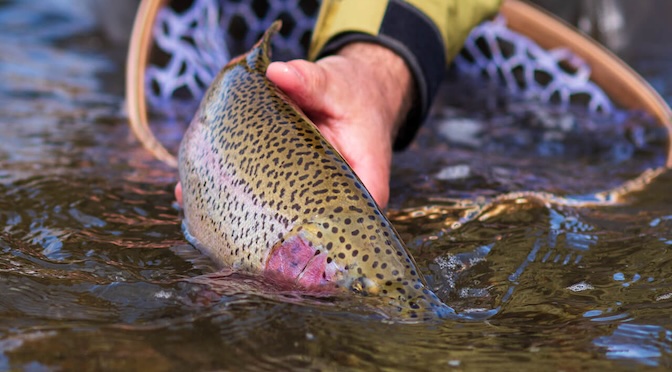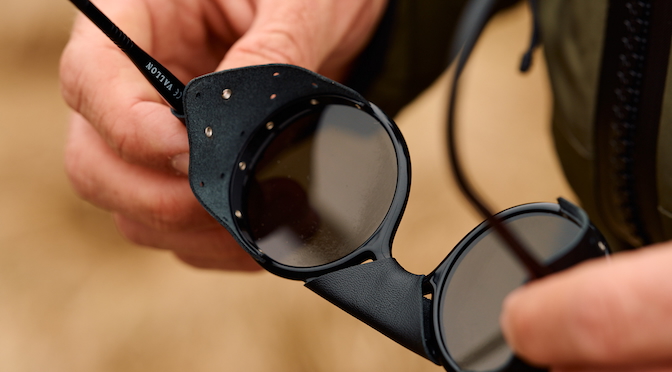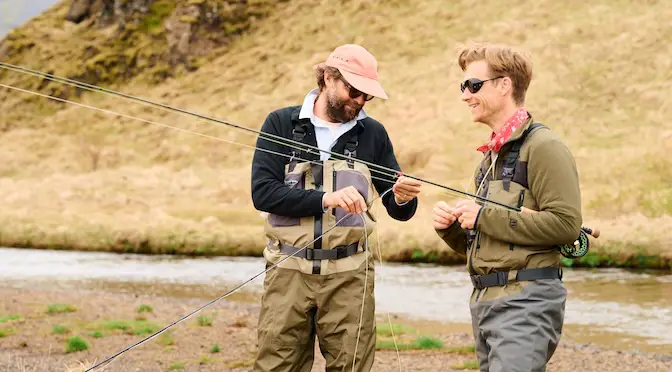Last updated on January 11th, 2024.
- Fly Fishing Steelhead: A How To Guide - February 17, 2023
- Brown Trout in the Outer Hebrides – South Uist Fishing - July 19, 2022
- Fishing Camp – Looking for Kamloops Trout - December 26, 2019
Coastal cutthroat trout are the chippy younger brothers of the anadromous fish aristocracy on the Northwest Coast.
They are smaller and get less attention than Steelhead or salmon, yet they’re thriving on much of the West Coast for four reasons.
Characteristics of the Coastal Cutthroat Trout
Short Migrations: When cutthroat trout go to salt water they typically stay within 10 miles of the stream where they were born. This limits exposure to high seas commercial fisheries.
Small Size: Cutthroat are smaller than salmon and steelhead so aren’t targeted by seals or killer whales. A mature coastal cutthroat is 18 inches and three pounds versus 10-20 pounds for a salmon or steelhead. The cutthroat’s size allows them to swim through gillnets which kill salmon or steelhead.
Late Spawning: Coastal Cutthroat trout thrive better in urbanized streams than salmon. They spawn in the spring rather than the fall so their eggs are less likely to be destroyed during the floods which plague channelized urban streams. They also are less dependent on stable channels with lots of woody debris than salmon. One study found that salmon are 2-10 times more frequent than cutthroat in rural streams, while cutthroat outnumber salmon in urban streams.
Catch and Release: In 1998, the State of Washington implemented a mandatory catch and release policy for cutthroat trout caught in salt water. It’s been a spectacular success. I’ve been fishing for coastal cutthroat for 45 years and the fish are more abundant now than they’ve ever been. There’s a thriving salt-water cutthroat fishery in Seattle’s Lincoln Park. The pictures accompanying this article were taken on beaches within an hour drive or ferry ride from Seattle.
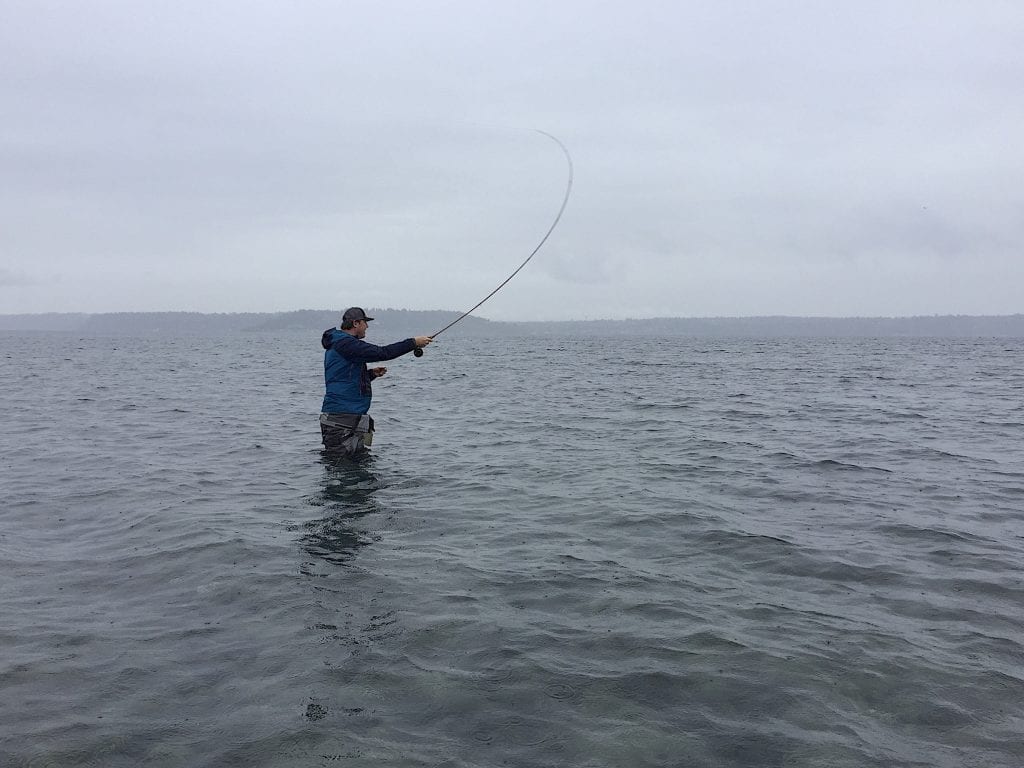
When and Where to Catch Coastal Cutthroat
You can catch saltwater cutthroat just about any month of the year. Some cutthroat follow salmon into the rivers in the fall to feast on salmon eggs but enough cutthroat remain in salt water to make things interesting. The cutthroat which spawn in small streams enter the streams in the spring, spawn and return to the salt quickly. I chase saltwater cutthroat from October to March when trout lakes and rivers are closed and steelhead rivers are either closed or unfishable due to snowmelt or rain.
A salt water cutthroat fisherman can identify a good beach at a glance. Here’s what to look for:
Rocks, oyster beds or eel-beds. Sea-run cutthroat like cover. You’ll rarely find sea-run cutthroat over sand. They prefer rocks and gravel. Large boulders, trees and pilings in the water can also attract fish.
An estuary or stream. Remember, most salt water cutthroat stay within a few miles of their natal streams.
A tidal current. Whether the tide is incoming or outgoing is less important than that the tide is creating a current which concentrates fish. Points are outstanding places to fish as are estuaries.
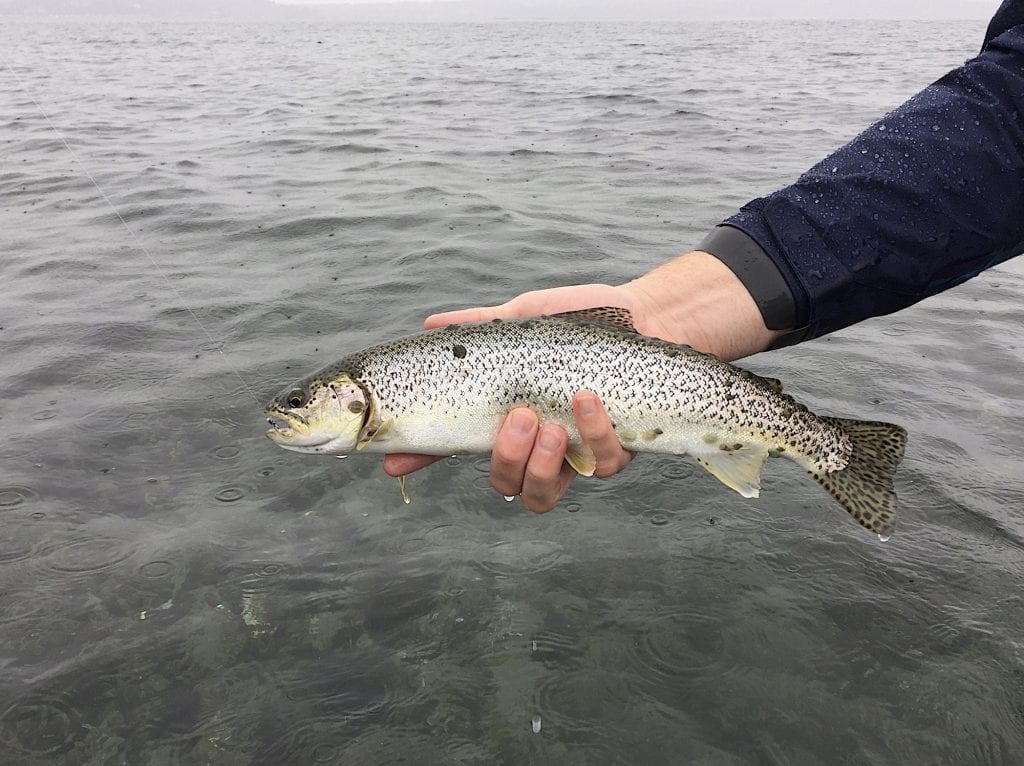
Tackle and Tactics
Saltwater fishing is refreshingly simple when it comes to tackle.
My favorite fly rod is a Orvis 10′ 6-weight T3 Mid-Flex. A long fly rod can help get your cast out in the wind. A long fly rod also keeps you from ticking your backcast on the beach.
A floating line is good when fishing a popper. Otherwise you’ll want an intermediate or sinking line so that you can defeat drag which is caused by wind and waves. I favor a sinking line because it’s small diameter cuts through the wind.
Add a nine foot level 8lb test flourocarbon or Maxima ultragreen leader and you’re good to go. I like flourocarbon because it’s got extra density and sinks a little. It doesn’t deteriorate over time like Maxima Ultragreen. You don’t want to go below 8 lbs because you just may hook a salmon while fishing for sea-run cutthroat. It’s happened to me.
Saltwater cutthroat are schooling fish. If you catch one there are probably more nearby. It makes sense to move a few steps between each cast in order to cover as much of a beach as possible until you locate fish. Some salt water anglers use a boat so they can move more from beach to beach until they locate fish.
Fish every cast out to your feet. Salt water cutthroat will follow a fly. I’ve several times had fish slash at a fly which I was pulling out of the water at my feet for a backcast.
Salt water cutthroat like to jump. Keep your eyes open and cast as fast as you can to a jumping fish and you’ll probably get a strike.
Finally, don’t wade too deep. Salt water cutthroat stay close to shore. Wade over your knees and you run the risk of spooking fish or casting beyond them.
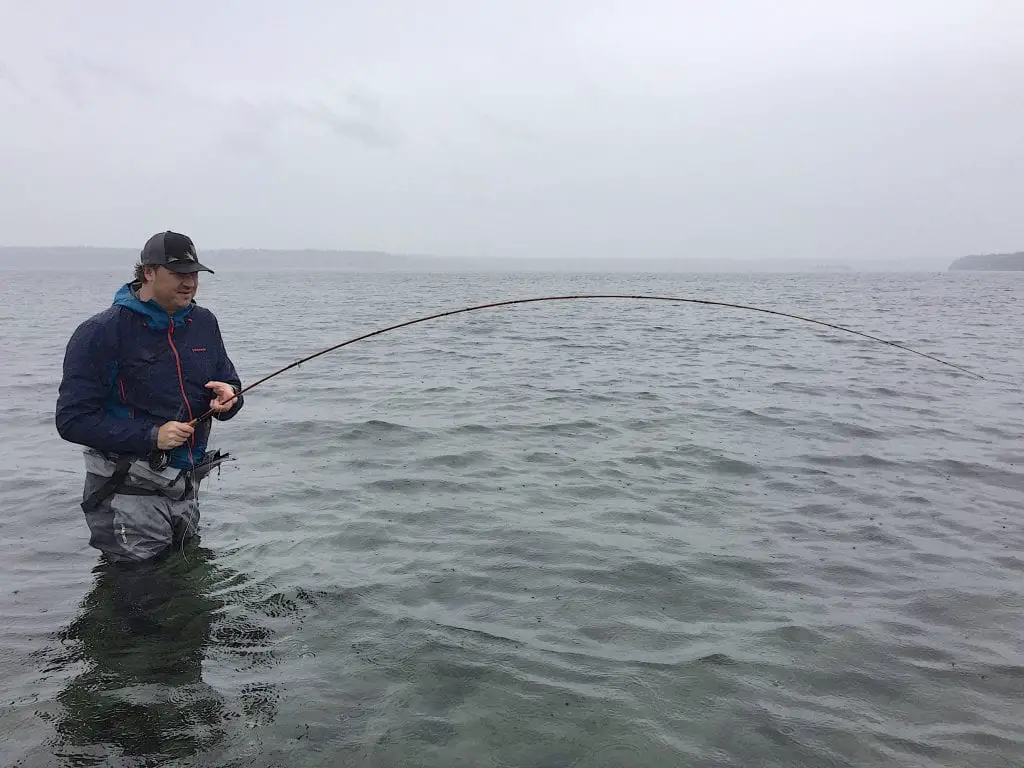
Flies for Coastal Cutthroat
Coastal Cutthroat live on a diet of crustaceans, pileworms and baitfish. Here’s a selection of my favorite patterns.
Floating poppers: Steve Raymond first called attention to the fact that coastal cutthroat would take floating flies in the 1970’s. He skated a fly which looked a little like a humpy on the surface. Leland Miyawaki developed a fly pattern using polar bear hair, paired grizzly hackles and a foam head to imitate an injured baitfish struggling on the surface.
The popper is twitched across the surface with an irregular retrieve. A popper is great for prospecting because takes, swirls and follows will tell you fish are in the vicinity. If fish are swirling at the popper but not taking I’ll switch to a streamer or a Clouser Minnow.
Streamers: Small streamers imitate sand lance, sticklebacks and herring. I like patterns which incorporate some flash and many different colors. Here’s one of my favorites.
How to Tie the Flies
Hook: Gamakatsu SC15 Size 6. They are smaller than most other salt water hooks and that limits mortality.
Body: None.
Wing: Sparse. White polar bear followed by a few strands of pink bucktail followed by a few strands of chartreuse bucktail, topped by dark green or peacock flashabou.
Eyes: Small junglecoc. One on each side of the fly. The jungle coc helps hold the wing in place.
Head: White or black 8/0 mono thread.
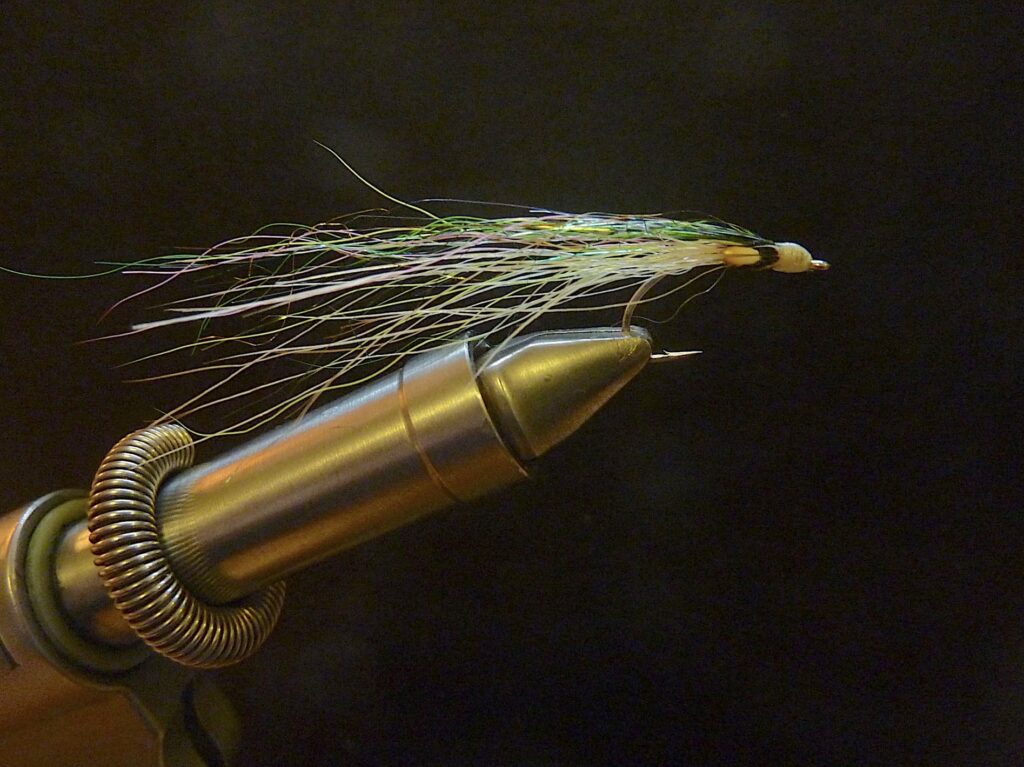
Clouser Minnows: If I were limited to one sea-run cutthroat fly this would be it. It uses simple, easy to obtain materials and is durable. When tied sparse and with lead eyes a Clouser minnow sinks well and pulses during the retrieve. A drawback with a Clouser Minnow is the long body which extends past the hook; many fish nip at the tail of the fly without being hooked. A weighted Clouser is also a chore to cast. Go easy on the weight.
Hook: Size 8 Tiemco 811S. Use small hooks to limit mortality.
Body: None
Threat: Chartreuse 8/0 monocord.
Eyes: Small lead or nickel eyes.
Upper Wing: Four strands of chartreuse Krystal Hair, followed by white bucktail, long and sparse on top of fly and tied lead eyes.
Lower Wing: Chartreuse bucktail, long and sparse.
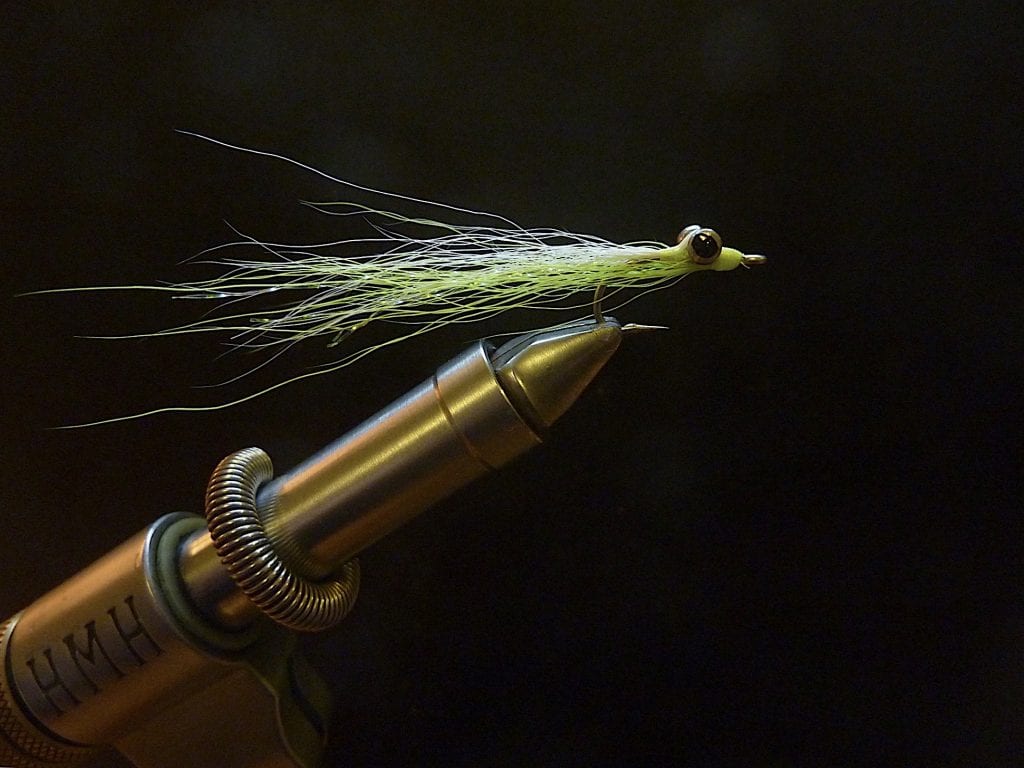
Disclaimer: If you click on an affiliate link on this page and end up making a purchase we earn a small commission at no extra cost for you.

